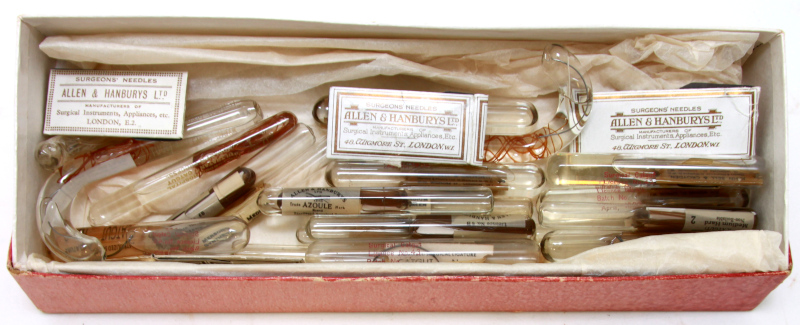Scope
Sedation delivered by a trained anaesthetist (consultant or appropriately supervised anaesthetic trainee) at The Royal London for adult patients.
Excludes sedation delivered by non-anaesthetists for example conscious sedation delivered in the Emergency department, within the Critical Care Unit or nurse delivered sedation in Endoscopy
Excludes paediatric sedation
These standards reflect national standards published by the Association of Anaesthetists
Staffing
If sedation is administered by an anaesthetist, then a suitably trained individual (Anaesthetic Nurse/ODP) must be present to assist the anaesthetist.
Environment/Equipment
Environments in which patients receive sedation should have full facilities for resuscitation available, including:
- A defibrillator
- Suction
- Oxygen
- Airway devices
- Means of providing ventilation e.g. an anaesthetic machine
· This equipment should be checked daily and recorded (on locations where these cases happen on specific dates a pre-check before starting the list is suitable).
The following equipment should also be available:
- Warming devices
- Intravenous cannulae.
- Intravenous fluids and infusion devices
- Manual handling devices
Sedative medications, relevant antagonists and other medications which may be required e.g. anti-emetics, anti- anaphylaxis treatment. These should be stored safely. This storage can be portable and taken to the location when such these cases are happening: In endoscopy we use a trolley for that is stored in the 4th floor holding bay.
Monitoring and Oxygen delivery
Equipment for monitoring should be available at all sites where patients receive anaesthesia or sedation.
For patients receiving conscious sedation, this should include pulse oximetry.
Continuous waveform capnography should be available for all patients undergoing general anaesthesia and moderate or deep sedation.
Oxygen should be given to sedated patients: capno-mask or nasal specs (CO2 port version).
Record of the patient’s vital signs during the procedure should be made at five minute intervals (following Association guidance), along with the timing and doses of any drugs given and any problems or intervention that occurs.
Indications
Sedation by an anaesthetist can relieve pain or anxiety and can facilitate the performance of the intervention.
Common procedures in which sedation may be beneficial include:
- To aid with diagnostic imaging e.g. MRI in patients with significant claustrophobia or learning disabilities.
- To facilitate radiologically guided therapeutic intervention e.g. multiple procedures from radiofrequency ablation in CT to liver and kidney drains and stents or endovascular cases.
- Endoscopic cases when patients can’t tolerate the procedure under nurse sedation.
- Patient inability to communicate (e.g., cognitive impairment, language barrier) can be a contraindication for sedation and each case/patient must be properly assessed.
Consider involving a senior anaesthetist in the following cases to discuss whether sedation is appropriate and where the procedure should take place:
- High-risk procedures
- High-risk patients (acute illness, severe co-morbidity including OSA)
- Procedures that are particularly unpleasant, of long duration
- Involving patients that are unlikely to tolerate them well (physically or mentally)
- Where access to the patient is limited (e.g. the prone position or ERCP position in Endoscopy)
- Cases when airway is shared between anaesthetist and clinician doing the procedure (e.g. bronchial stents).
Pre-assessment
All patients due to receive sedation by an anaesthetist must be seen by an anaesthetist on the day of the procedure, ideally by the anaesthetist who will administer the sedation. For IR procedures this is often achieved in the IR recovery area and in Endoscopy in pre-admission.
This is the perfect time for patients and anaesthetist to discuss their expectations.
For elective cases, high-risk patients should ideally have a PoA assessment.
All patients due to receive sedation by an anaesthetist must name an escort to take them home after being discharged from recovery.
Checklist for safe sedation
Follow the Trust NatSSIPs document for the area in which the patient is to be given sedation: theatres, endoscopy or interventional radiology.
Radiology and Endoscopy Specific requirements.
See the "Interventional radiology" page for more details
Recovery
The patient should be recovered as for a general anaesthetic following standard recovery procedures (recovery nurses must hold competences to recover GA patients)
Monitoring must continue for at least 60 minutes if antagonists naloxone or flumazenil have been given, to ensure that re-sedation does not occur.
Lead for sedation: Jose Bastos
Updated June 2023
